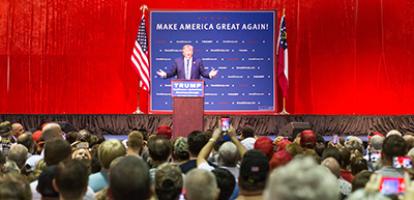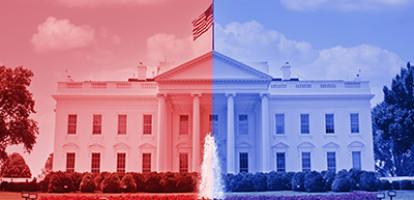From: Daniel Schwanen
To: The Honourable Chrystia Freeland, Minister of Global Affairs
Date: January 19, 2018
Re: How About a NAFTA Side Deal? (Part Two)
As mentioned in my last memo, in next week’s round of NAFTA renegotiations in Montreal, Canada should contemplate reaching out to the US side on substantive points that have proved intractable in principle so far, yet remain important to the US side. That is, if it can do so without damaging its economy more than would result from a US withdrawal from existing trade obligations within NAFTA.
To that effect, I proposed seeking a new NAFTA side deal on these contentious elements. This side deal could encompass the following (here described in terms of Canada and the US only, but adaptable to a trilateral side deal):
- First, it would be limited to five years in time, after which its elements could be reopened. Thus, it would take the NAFTA (or a modernized version containing modernized elements) as a permanent base and focus on a potentially supplementary agreement potentially addressing, over time, the most contentious US demands.
- Second, it would embody “contingent liberalization,” linked to the importance that the Canada-US trade balance plays in the US global trade deficit. Specifically, Canada could offer to permanently open its markets to US imports, US firms, or US travelers, more than it does now, especially in areas in which Canada is not currently obliged by global trade rules to give US producers equal treatment to that it gives its other trade partners. But it would commit to doing this only if and when the US trade balance with Canada worsens in relation to the US’s overall trade balance with the world.
- On autos, in exchange for a standstill on rules of origin, Canada would agree to not object to any agreement between the United States and major US-based auto producers to locate a certain number of new assembly plants in the United States, as long as such an agreement did not require these producers to invest less in Canada than Canada’s share of North American auto sales. In addition, Canada would commit to negotiating a significant quota of Canadian-assembled vehicles meeting NAFTA rules of origin in any future trade negotiations, as it did in the CETA, and work with the US on improving market access in these countries, for vehicles meeting North American standards.
- On public procurement specifically, Canada and the United States would exempt each other from new restrictions, but monitor contract flows of any public procurement not covered by WTO rules, with a view to, if necessary, setting up market-based mechanisms that could ensure that a mutual balance of benefits obtain from public sector contracts, commensurate to the overall size of these contracts – similar on a macro scale to the offsets required of many international military contracts.
- Canada and the United States would work together toward a North American fair competition regime, whose effect would be to minimize the grounds on which their respective agencies could find dumping or countervailable subsides against each other’s firms, and whose application would be certified by their respective competition authorities. In exchange, Canada would agree to suspend the operation of NAFTA’s Chapter 19 regarding any new antidumping or countervailing duty imposed during the life of the side deal. Canada would also work with the US on mechanisms to limit circumvention, through each other’s entry ports, of duties they might impose against, and address currency manipulation by, third parties..
Acknowledging US concerns through this mechanism might, I argue, give the US side sufficient substance to claim that it is on a clear path to significantly improving trade relations with its NAFTA partners, while limiting the risk of an immediate and costly (for everyone) decline in trade and North American competitiveness. At the very least, it would signal our willingness to discuss the substance of issues that, rightly or wrongly, are important to them.
Daniel Schwanen is the V.P. of Research at the C.D. Howe Institute.
To send a comment or leave feedback, email us at blog@cdhowe.org.





